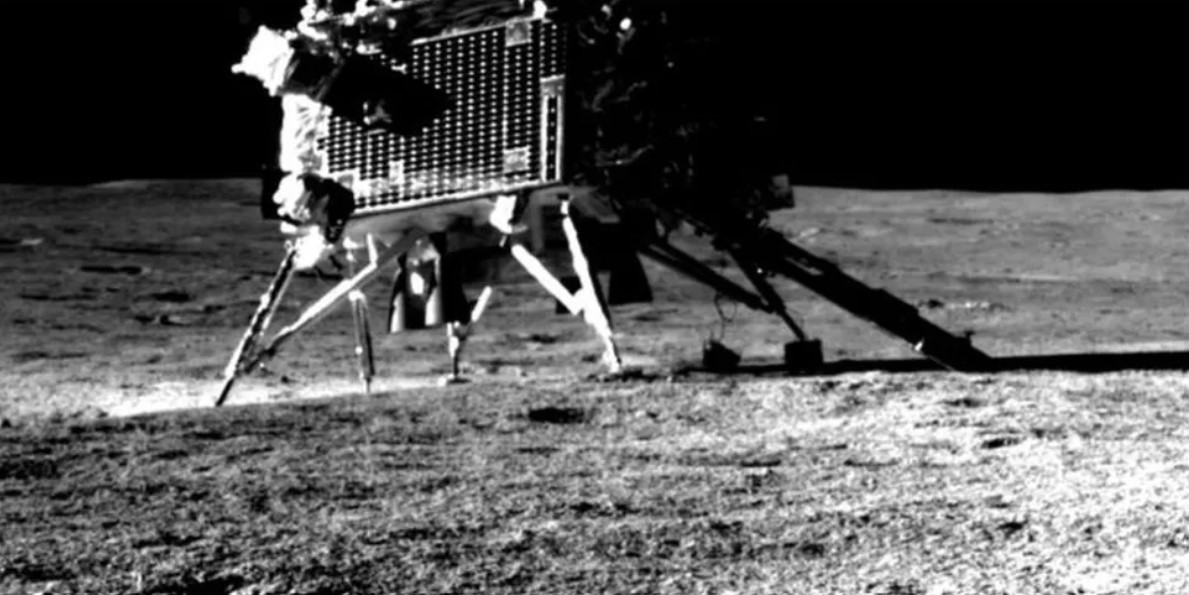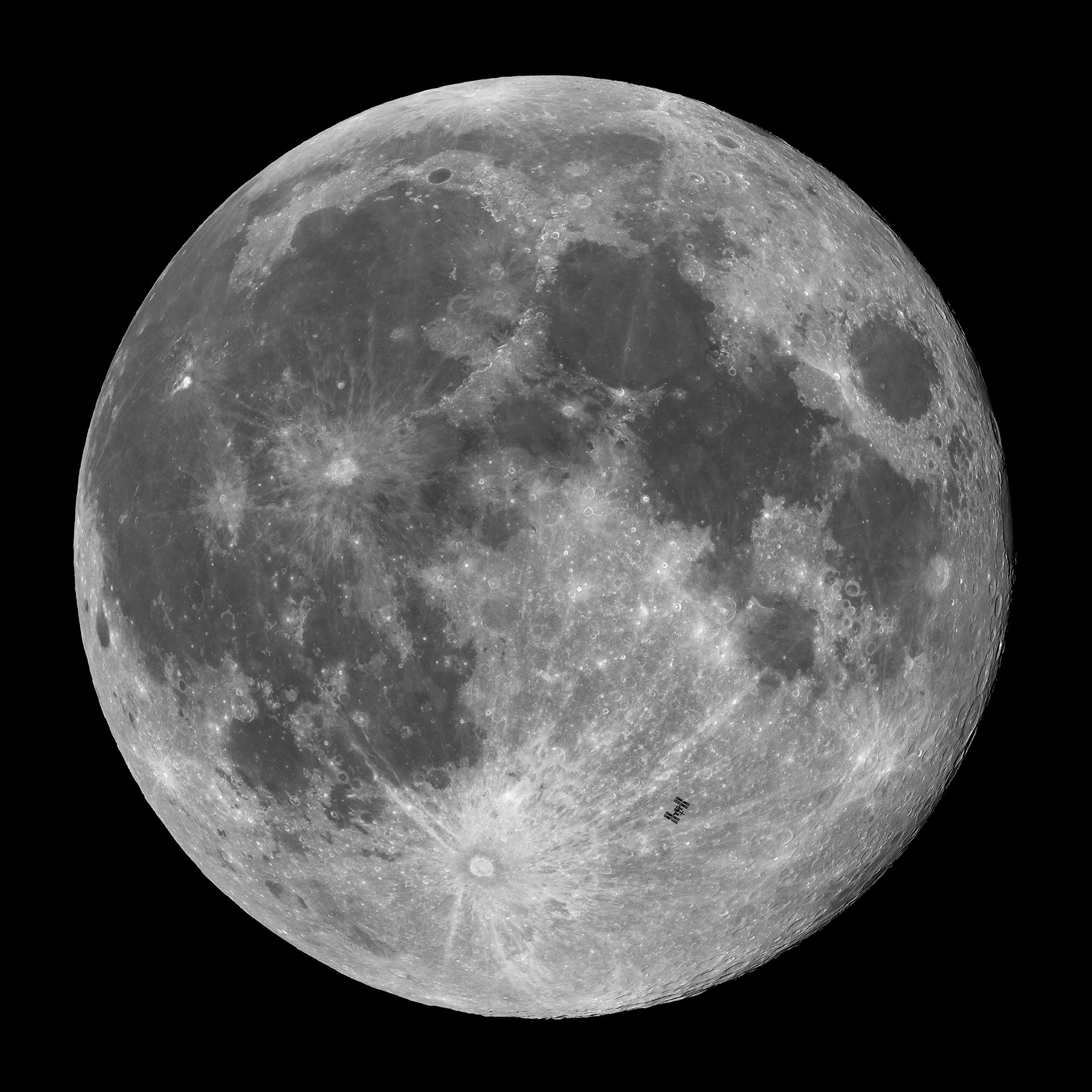Soil samples from a previously unexplored region of the moon suggest a huge ocean of magma once covered its surface, according to research released today.
Up until last year, most lunar missions had focused on collecting samples from the moon's mid-latitudes, nearer to its equator.
But last August, India's Vikram lander successfully made a soft landing near the south pole of the moon.
READ MORE: Australians to require new visa to visit most of Europe

Its Pragyan rover was then able to collect 23 soil samples at various spots along a 103-metre tract of the lunar surface, measuring the composition of the moon's rocky surface.
Now, a team of scientists from India's Physical Research Laboratory have analysed the measurements, finding a relatively uniform composition of soil in the surface layer of soil.
The soil was primarily made up of a type of rock called ferroan anorthosite, in a markedly similar composition to soil samples taken by the Apollo 16 and Luna-20 missions.
According to the researchers, this supports the theory that when the moon formed around 4.5 billion years ago, it was covered in a magma ocean.
READ MORE: What might have caused Mike Lynch's superyacht to sink

According to this theory, as the moon cooled during its formation, the less dense ferroan anorthosite rocks floated to the moon's magma surface to form its crust, while heavier minerals sank to form its mantle.
Magnesium minerals were also found, which cannot be explained by a magma ocean.
However, these minerals are near the site of the South Pole–Aitken basin - the moon's largest and deepest impact basin, measuring 2500km across and between six and eight kilometres deep.
The research team suggested that the magnesium was likely excavated from below the moon's surface during the force of the impact that formed the huge crater.
The research by the Indian team is published today in Springer Nature.
from 9News https://ift.tt/FfLJ65u
via IFTTT
Comments
Post a Comment